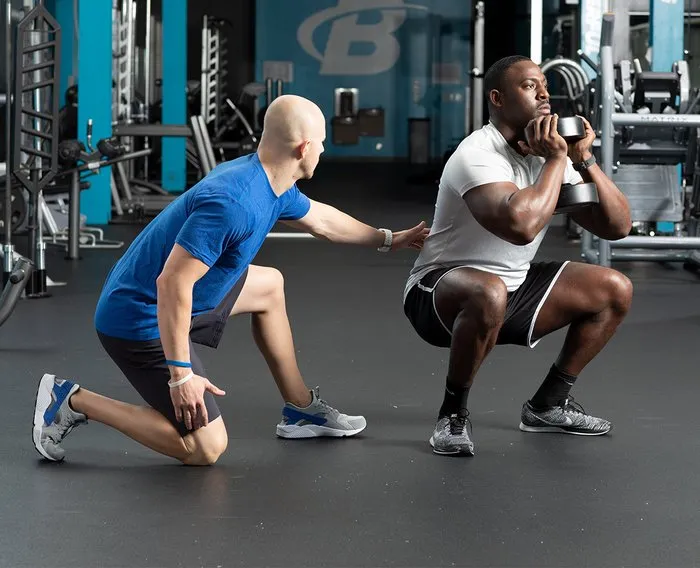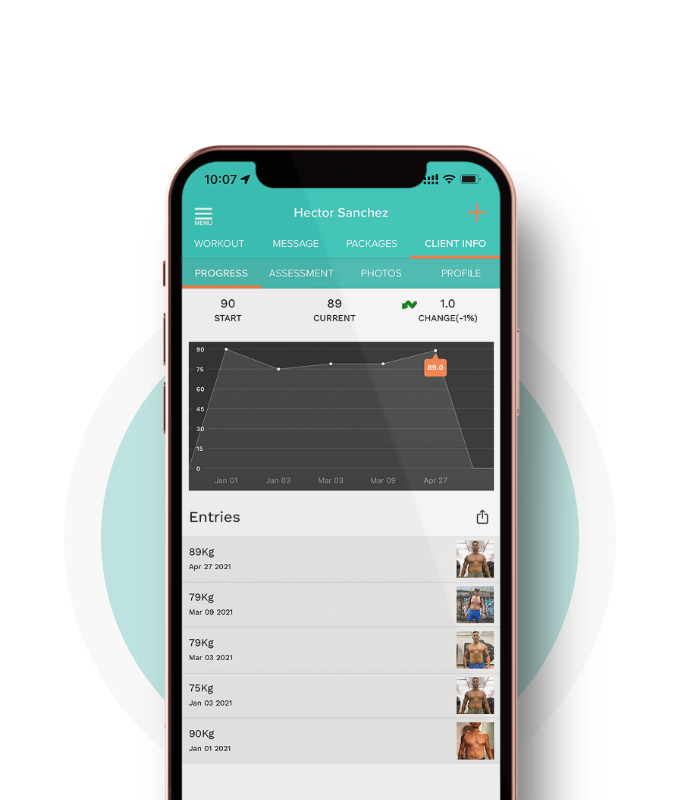Functional Fitness: How to Help Your Clients Move Better and Live Stronger
Functional fitness is a term that has been gaining popularity in recent years, but what does it actually mean? Simply put, functional fitness is a type of training that focuses on exercises that mimic everyday movements and activities. This approach to fitness is designed to help individuals move better and live stronger in their daily lives.
One of the main goals of functional fitness is to improve overall movement patterns and muscle balance. This is achieved by targeting multiple muscle groups at once through exercises that mimic natural movement patterns. For example, a squat is a functional exercise because it mimics the movement pattern of sitting down and standing up. This type of exercise not only targets the legs, but also engages the core and upper body muscles to maintain balance and stability.
Another key aspect of functional fitness is the emphasis on using proper form and technique. This is crucial for preventing injuries and ensuring that the exercises are effective. Proper form ensures that the correct muscles are being targeted and that the individual is moving in a safe and efficient manner.
Functional fitness also promotes the use of various types of equipment, such as kettlebells, resistance bands, and bodyweight exercises. These types of equipment offer a variety of resistance and can be used to target specific muscle groups. Additionally, they can be used to simulate real-life movements and activities, such as carrying groceries or pushing a lawnmower.
As a fitness professional, it is important to understand the principles of functional fitness and how to incorporate them into your clients’ training programs. One of the most important things to consider when designing a functional fitness program is the individual’s goals and needs. For example, an older adult may need more exercises that focus on balance and stability, while a younger athlete may need more exercises that focus on power and explosiveness.
Another important consideration is the individual’s current fitness level and any limitations or injuries they may have. For example, if a client has a history of knee problems, it may be best to avoid exercises that put a lot of stress on the knees, such as deep squats. Instead, exercises that target the legs while minimizing stress on the knees, such as lunges or step-ups, may be more appropriate.
Incorporating functional fitness exercises into your clients’ training programs can also help improve overall fitness and health. For example, exercises that focus on balance and stability can help reduce the risk of falls in older adults. Additionally, exercises that mimic real-life movements can help improve overall strength and mobility, which can lead to better posture and reduced risk of injury.
One of the best ways to incorporate functional fitness into your clients’ training programs is to use a variety of exercises and equipment. For example, you can use kettlebells and resistance bands to target specific muscle groups, while also incorporating bodyweight exercises to improve overall strength and stability. Additionally, you can use exercises that mimic real-life movements, such as carrying groceries or pushing a lawnmower, to help improve overall fitness and health.
In conclusion, functional fitness is a type of training that focuses on exercises that mimic everyday movements and activities. This approach to fitness is designed to help individuals move better and live stronger in their daily lives. As a fitness professional, it is important to understand the principles of functional fitness and how to incorporate them into your clients’ training programs. By targeting multiple muscle groups at once and using proper form and technique, functional fitness can help improve overall movement patterns, muscle balance, and overall fitness and health.
By: Hector Sanchez




